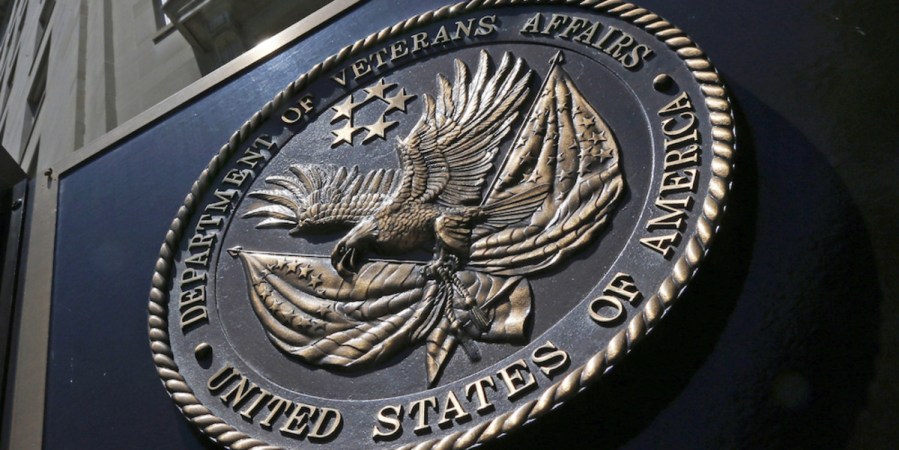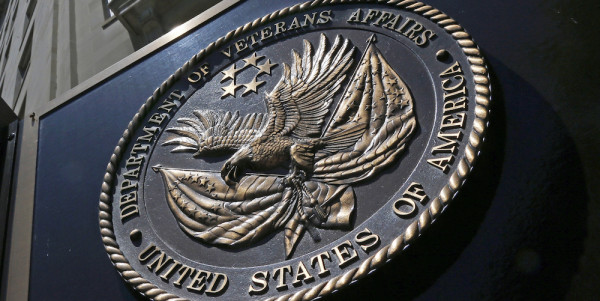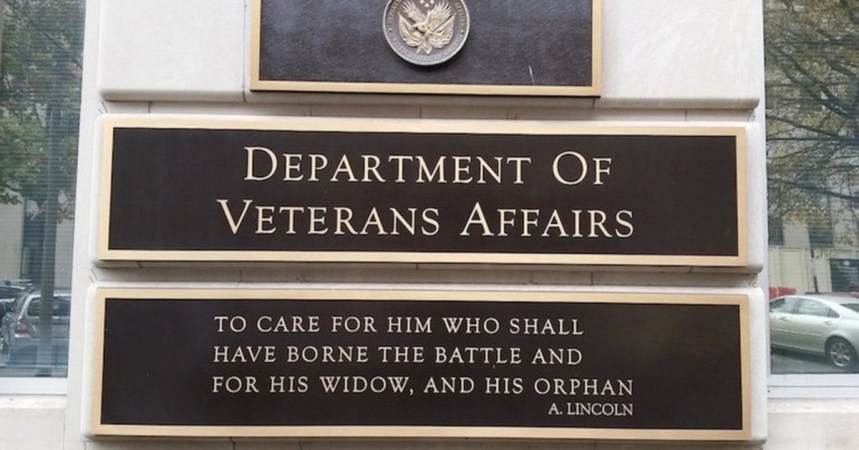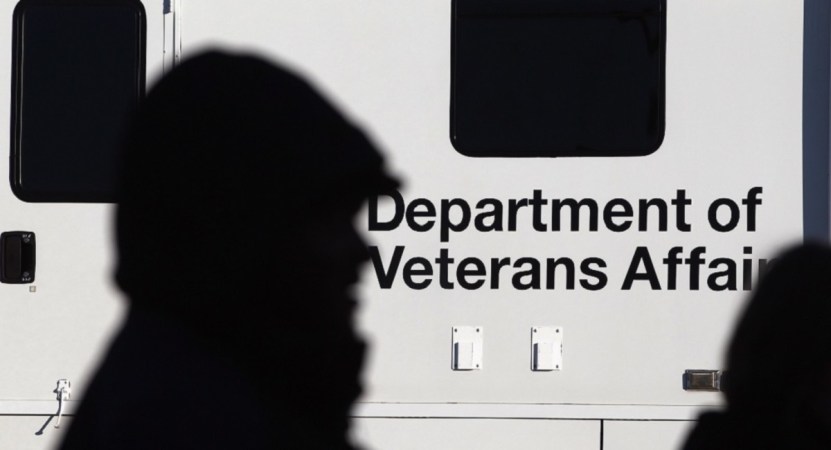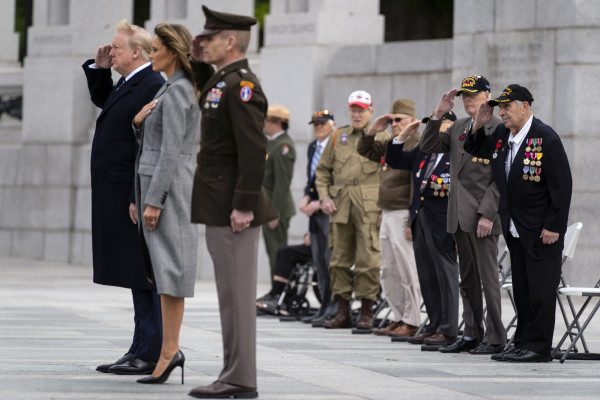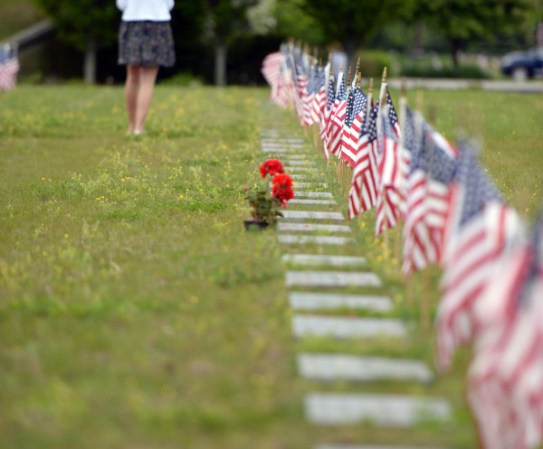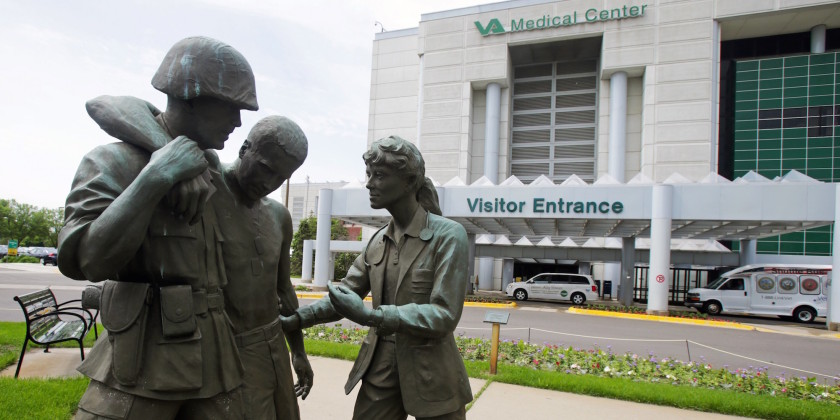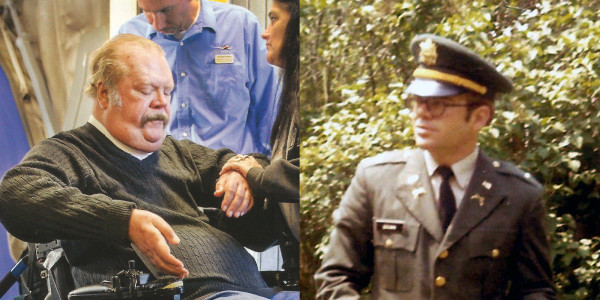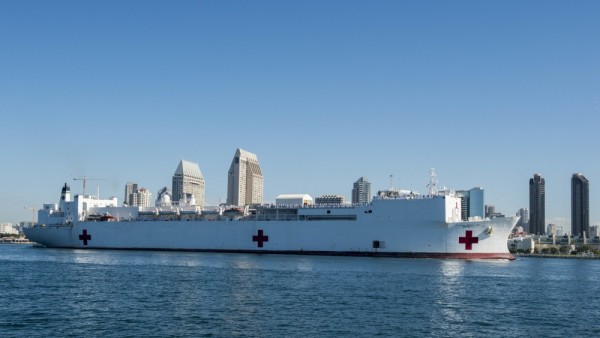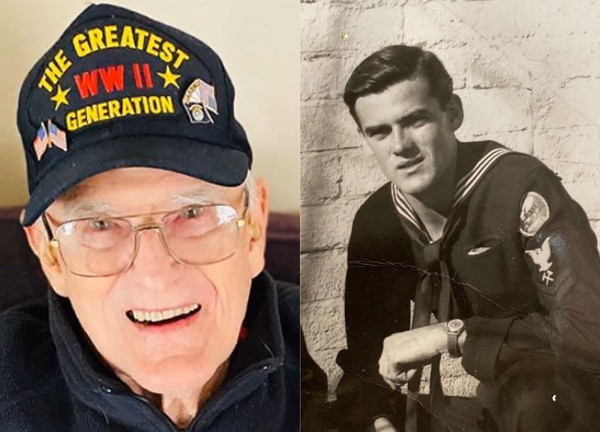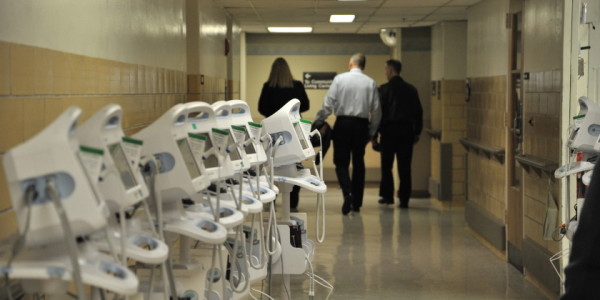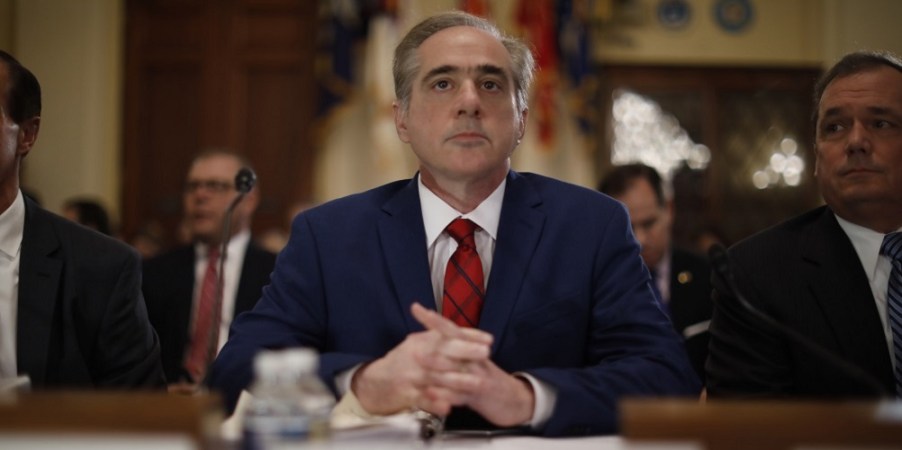The coronavirus has officially spread to the veteran community, Veterans Affairs Secretary Robert Wilkie told House lawmakers in a hearing on Wednesday. The Palo Alto VA prepared a section of its campus to receive the veteran, who is being taken care of there, Wilkie said.
Though Wilkie didn’t offer many specifics, Wilkie said the VA is preparing to meet the virus the same way it prepared for Ebola and the H1N1 flu in the past.
“We will be approaching this as we have these other issues,” Wilkie told members of the House Appropriations Subcommittee on Military Construction, Veterans Affairs and Related Agencies.
Dr. Richard Stone, the executive in charge of the Veterans Health Administration, said the VA team has been preparing for coronavirus since January, and they had 12 people at Travis Air Force Base screening patients coming in from China and Japan.
Stone explained that many VA facilities offer negative airflow rooms, which prevent cross-contamination from room to room. Those rooms are excellent tools for trying to control the spread of a respiratory disease such as coronavirus, CDC says.
Negative airflow rooms were the reason why the California veteran came to Palo Alto, Stone explained, and there are more like them across the country.
“We have across our system multiple negative airflow rooms, frankly almost 1,000, on any given day,” he said. “About 60% of those are filled but we’ll begin repurposing and preparing for that.”
The doctor said the VA is especially concerned about its 135 nursing homes and the 8,000 veterans living in them. Those veterans are especially vulnerable to coronavirus, so the department has started screening everyone coming into the nursing homes for the virus.
“They are on our campuses and we must protect them,” Stone said.
The VA is also screening people outside its emergency rooms, Stone said.

According to Military Times, the Palo Alto patient arrived at the VA on March 2. The risk of transmission is low, Armenthis Lester, chief communication manager for the VA Sierra Pacific Network, told Military Times.
Military Times also reported that several VA medical centers have barred visitors from nursing home facilities and inpatient wards, primarily to ward off influenza, but also to prevent contact with coronavirus.
“We are in constant contact now with CDC and the National Institutes of Health, and the president’s task force,” on coronavirus, Wilkie said.
According to the CDC, 80 cases of coronavirus and 9 deaths have been reported in the U.S. across 13 states so far. According to the World Health Organization, 93,090 cases of the virus have been confirmed worldwide, with 3,198 deaths.
While there is no vaccine to prevent coronavirus, the CDC recommends the following steps to avoid being exposed to the virus:
- Avoid close contact with people who are sick.
- Avoid touching your eyes, nose, and mouth.
- Stay home when you are sick.
- Cover your cough or sneeze with a tissue, then throw the tissue in the trash.
- Clean and disinfect frequently touched objects and surfaces using a regular household cleaning spray or wipe.
- Follow CDC’s recommendations for using a facemask.
- CDC does not recommend that people who are well wear a facemask to protect themselves from respiratory diseases, including COVID-19.
- Facemasks should be used by people who show symptoms of COVID-19 to help prevent the spread of the disease to others. The use of facemasks is also crucial for health workers and people who are taking care of someone in close settings (at home or in a health care facility).
- Wash your hands often with soap and water for at least 20 seconds, especially after going to the bathroom; before eating; and after blowing your nose, coughing, or sneezing.
- If soap and water are not readily available, use an alcohol-based hand sanitizer with at least 60% alcohol. Always wash hands with soap and water if hands are visibly dirty.
If you are experiencing symptoms such as fever, cough or shortness of breath, CDC recommends following the steps that can be found on its website.


